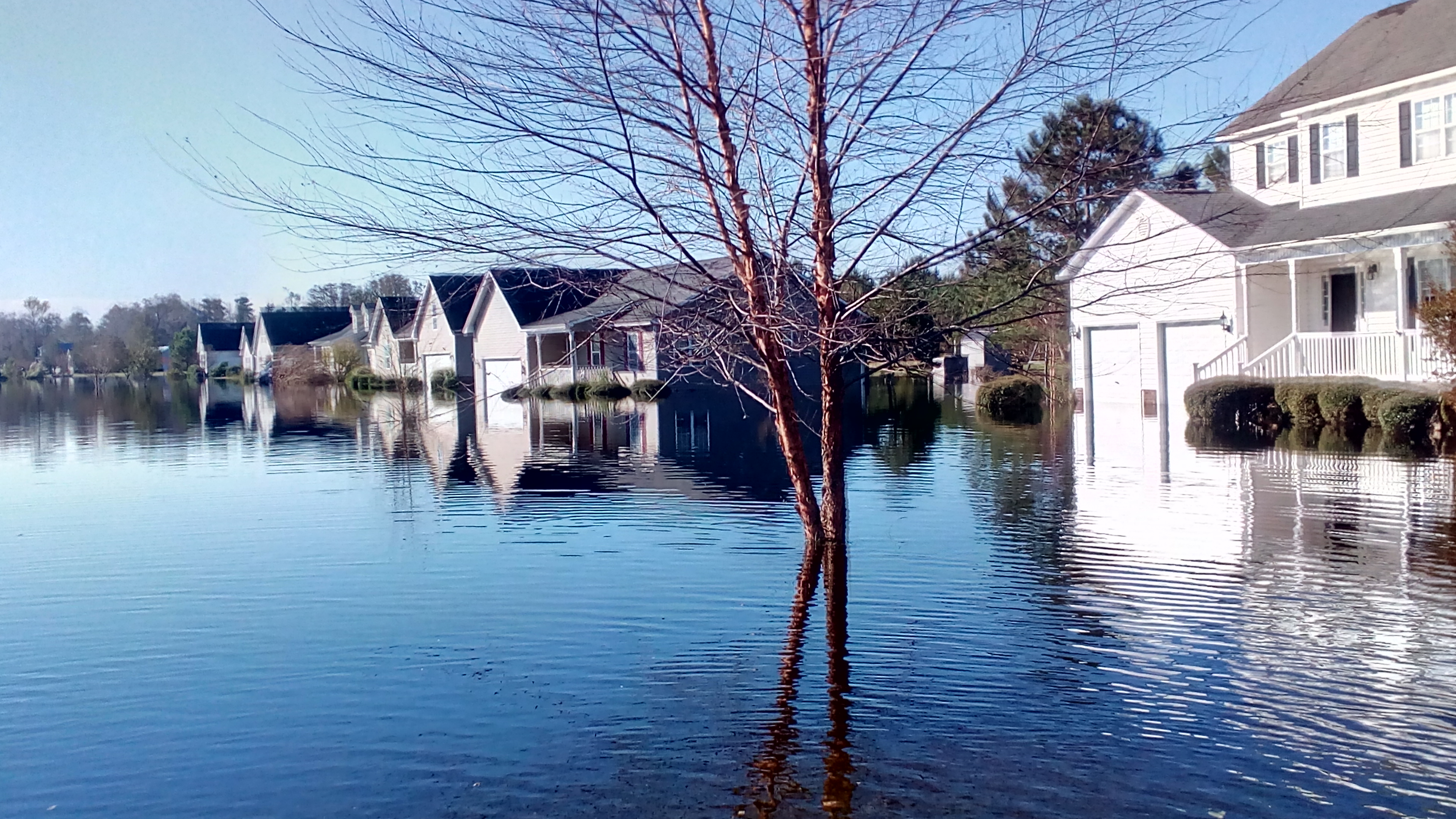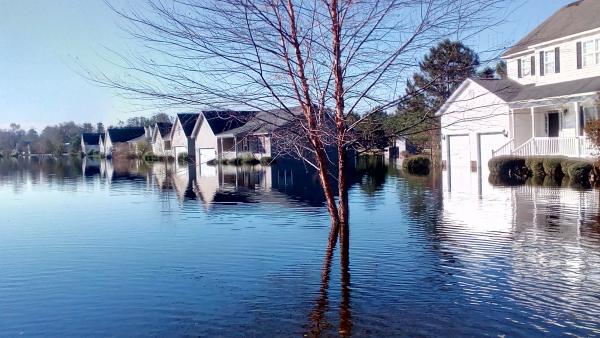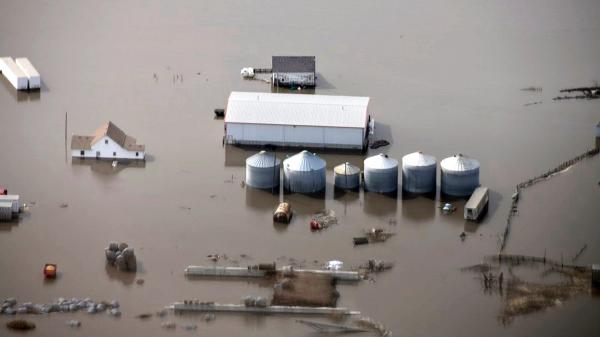KID REPORTERS’ NOTEBOOK
Extreme Weather Hits Home


Human-caused climate change is affecting the frequency and intensity of extreme weather events. After Hurricane Florence last September, homes in North Carolina were flooded.
Last year, extreme weather affected 62 million people worldwide and forced 2 million people to relocate, according to a recent study by the United Nations.
The increasing severity of extreme weather events is evident across the United States. In 2017, Hurricane Harvey slammed southern Texas, causing 68 deaths and $125 billion in damage.
For much of the past decade, areas of California have suffered from drought, leading to water shortages and an increased risk of wildfires. Only after an unusually wet winter did the state become 100% drought-free for the first time since 2011.
According to a U.S. government study, 2018 was 1.4% Fahrenheit warmer than the 20th-century average. The warming trend began in the mid-1970s and shows no signs of slowing down.

According to a recent federal report, climate change is to blame for the increasing severity of wildfires in the western United States, like the one that devastated Paradise, California, last November.
ESCALATING COSTS
I recently asked two experts how climate change is making weather events more extreme, and what kids can do to help fight the problem.
“Warmer air holds more water vapor,” said Brandon Miller, a meteorologist and producer at CNN. “So you see more high-rain events such as Hurricane Harvey.” When that storm made landfall, areas in and around Houston got more than 40 inches of rain in a four-day period.
In addition to increased rainfall and flooding, climate change is also melting glaciers at an alarming rate and causing significant harm to polar animals and other wildlife. There are societal costs, too.
“Insurance rates are skyrocketing nowadays, and this is directly related to climate change,” said Andreas Prein, a scientist at the National Center for Atmospheric Research.
In March, for example, record-high flooding ravaged several states in the Midwest, killing at least three people. Damage is estimated to be as high as $3 billion, with crops, homes, bridges, roads, and other infrastructure wiped out. In addition to the financial costs, the flooding inundated a military base, raising concerns about national security.

In March, record-high flooding ravaged several states in the Midwest, wiping out crops and homes.
“YOU’RE THE FUTURE”
According to NOAA (National Oceanic and Atmospheric Administration), the concentration of carbon dioxide in the atmosphere is at its highest level in at least 800,000 years.
“The burning of fossil fuels, such as coal and natural gas,” Miller pointed out, releases carbon dioxide into the atmosphere. Unless we curb the burning of fossil fuels, scientists say, the situation is only going to get worse.
What can kids do? Prein and Miller suggest eating less meat, using more eco-friendly energy sources, and advocating for responsible government policies. They also advise young people to stay informed about environmental issues by turning to reputable scientific and news sources.
“Make your voice heard,” Prein said. “You’re the future of the planet.”
